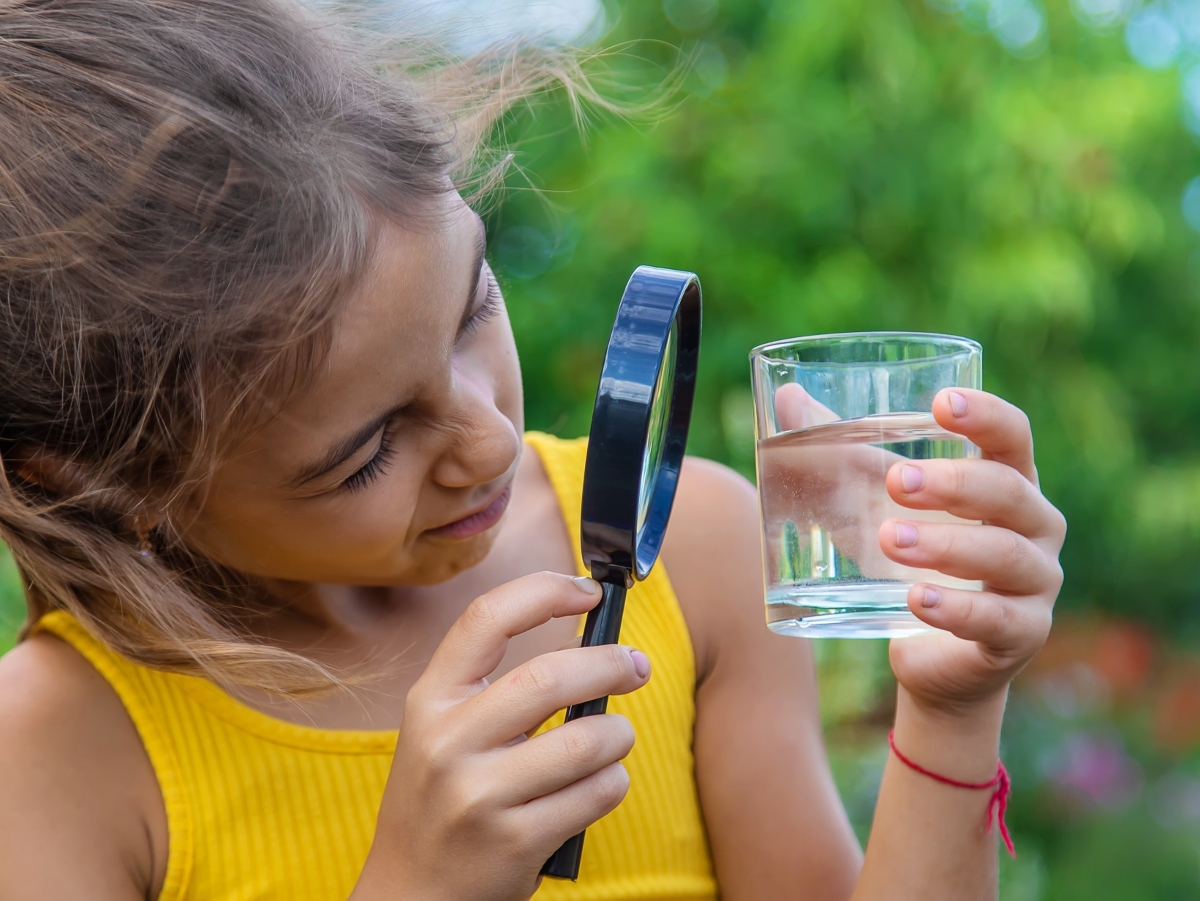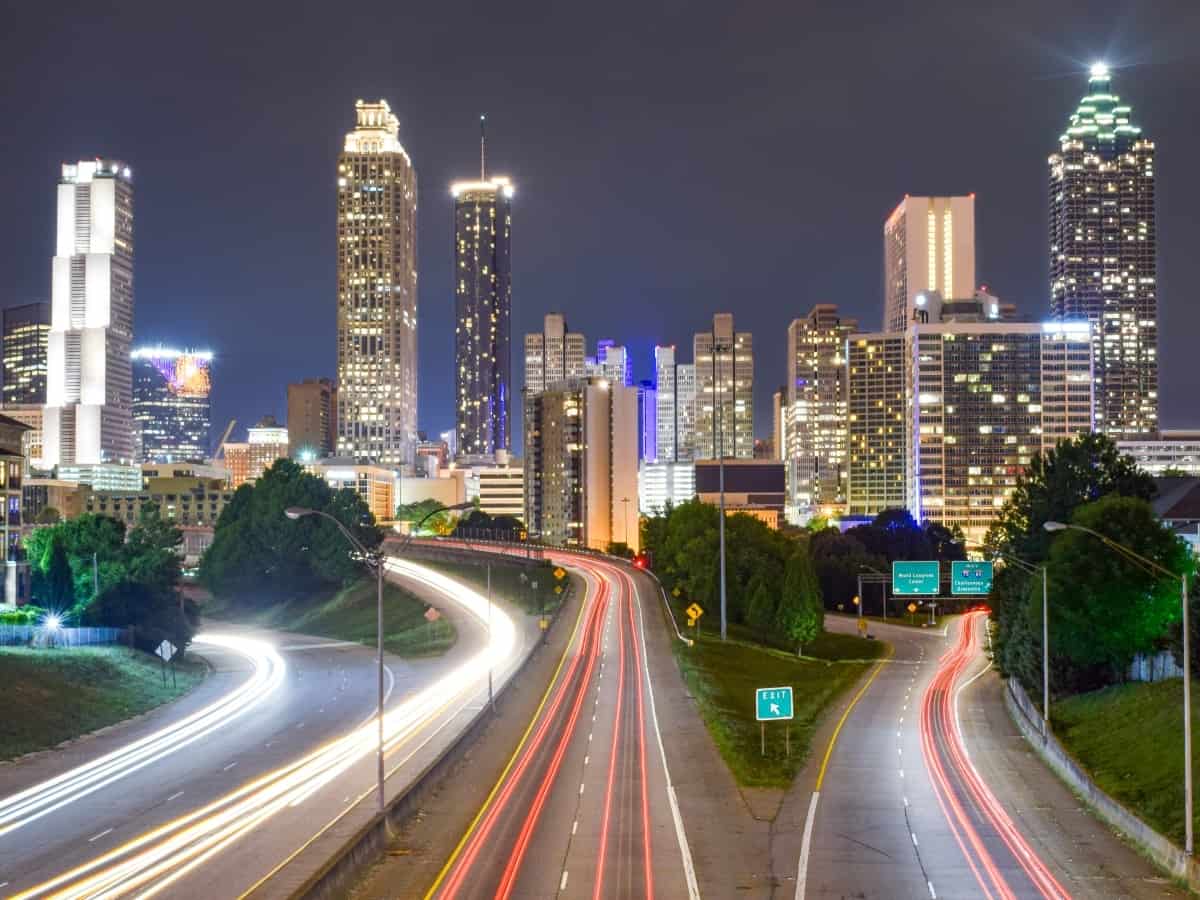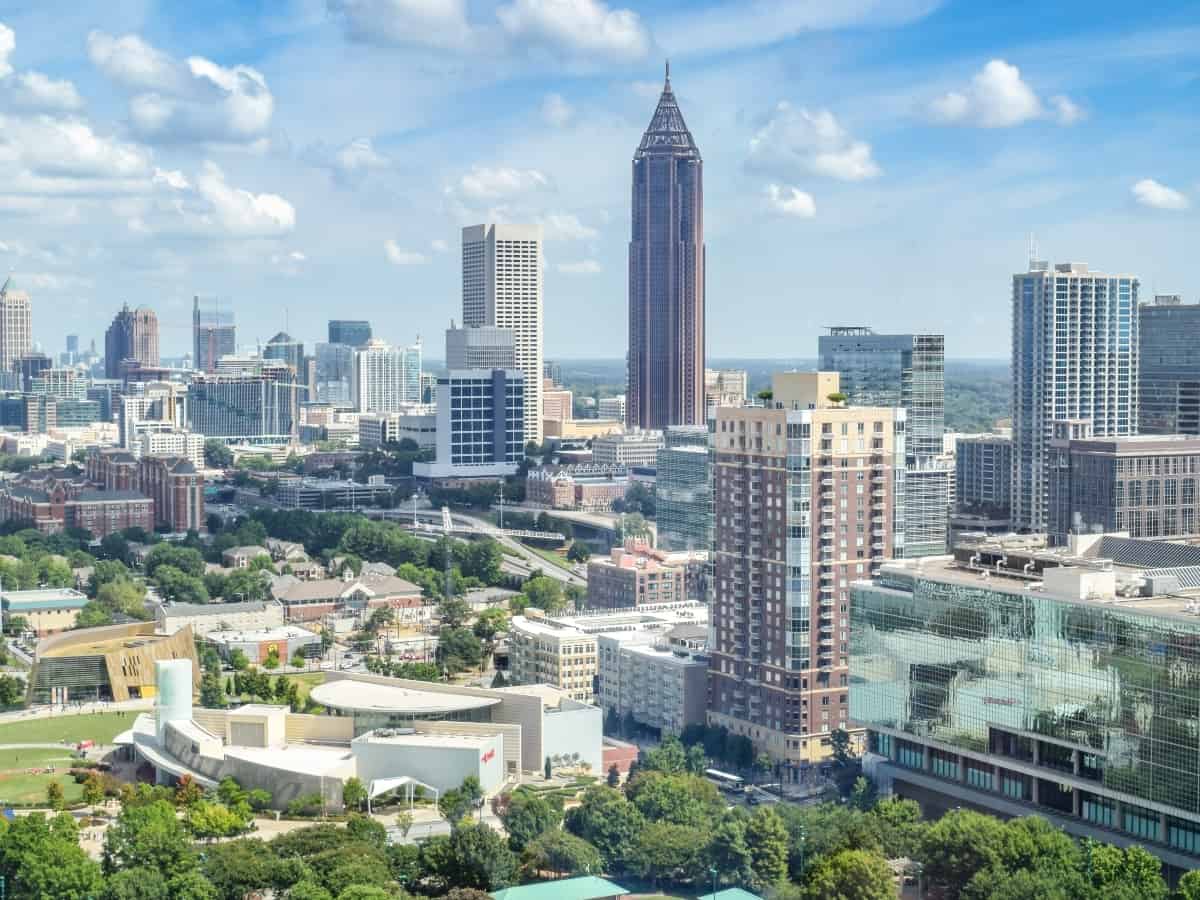Atlanta, Georgia: known for its abundance of trees surrounding the city, penning the moniker “city in a forest.” Between the lush trees, historic homes, and peaches, you may be wondering how safe their water is. So what is Atlanta water quality like?
What is Water Quality?
Before reading the water quality results, it’s important to understand what water quality is. Water quality is the measurement of several factors. Those factors include the concentration of dissolved oxygen, levels of bacteria, salinity (amount of salt), turbidity (amount of material suspended in water), quantities of pesticides, herbicides, heavy metals and other contaminants. The purpose of the water drives the measurement for water quality. For instance, drinking water quality measures higher than water used in car washes.
Understanding the Importance of Water Quality
As far as drinking water, you need to make sure to replenish your body with safe drinking water. The tap water system in Atlanta was tested and the results have been provided by the EWG Tap Water Database for the City of Atlanta. Before getting into the results, let’s breakdown the difference between the Environmental Working Group (EWG) standards and the federal legal limits.
Federal Legal Limits
The federal drinking water standards haven’t had an update in decades. Therefore, they are not considering any scientific advancements that have been made. These legal limits do not consider the higher vulnerability that children, infants, and developing fetuses have to toxic chemicals that are in our tap water systems. The chemicals excluded from the federal legal limits pose health risks. Those risks leave the public vulnerable and susceptible to future health complications. Remember: just because your tap water is legal does not mean your tap water is safe. Potential health risks from drinking contaminated water includes nervous system damage, cancer, or developmental problems for children.
EWG Standards for Water
While the federal legal limits have not been updated, the EWG works with science to deliver appropriate levels of contaminants in our water. These levels don’t cause long term health issues, as compared to federal legal limits. Their standards are not set or influenced by politicians. Instead, they are reviewed through the latest scientific evidence, legal standards, and health advisors. They are currently on their fourth edition of standards, laying out a no-compromise standard to ensure safe water quality. To read more about their contaminant levels as compared to the federal legal limit, visit their website.

Atlanta Water Quality
The EWG found 14 total contaminants found in Atlanta water quality tests. Nine of those contaminants are over the EWG standard limits.
So what’s in your tap water, Atlanta?
- Bromodichloromethane is 129x the EWG health guideline, coming in at 7.72 ppb (parts per billion), with the EWG health guideline limiting it to 0.06 ppb. There is no legal limit for this contaminant.
- Chloroform was 84 times higher. This utility measured at 33.5 ppb, with the EWG guideline allowing for 0.4 ppb. There is no legal limit for this contaminant.
- Chromium was 7.3x higher than the EWG health guideline. Their utility measured at 0.145 ppb, with the EWG standard at 0.02 ppb. The federal legal limit does not monitor this contaminant.
- Dibromochloromethane was 8.8x higher. EWG standards are 0.1 ppb, while this is measured at 0.879 ppb.
- Dichloroacetic acid: 90x higher than EWG standards. This utility measured at 17.9 ppb. However, EWG standards list that it should be no higher than 0.2 ppb.
- Haloacetic Acids measured at 352x the EWG standards. The EWG health guidelines put this contaminant at 0.1ppb. The legal limit is 60 ppb, and this unit measured at 35.2 ppb.
- Nitrate was 6.8x higher. Nitrate’s legal limit is 10ppm and it is measured at 0.948 ppm. The EWG Standards for Nitrate is 0.14 ppm.
- Total Trihalomethanes (TTHMs) was 283x higher than EWG standards. TTHMs legal limit is 80 ppb, EWG’s limit is 0.15 ppb. Atlanta’s water quality measured this at 42.5 ppb.
- Trichloroacetic acid was 169x higher than EWG standards. There is no legal limit for Trichloroacetic acid. EWG’s guideline puts it at 0.1 ppb, and Atlanta is at 16.9 ppb.
All of these contaminants have the potential effect of cancer.

Now That You Know Atlanta’s Water Quality, Take the Next Steps
Those contaminants are just examples of water quality. However, scheduling a free water test is the best way to understand what is actually in your water system.
The best protection against water contamination is to install a home filtration system. Installing a reverse osmosis water filtration system in your home can remove these harmful contaminants from ever getting into your water glass.
Do you want to learn more about how a water filtration system can positively affect your life? Visit us online or give us a call today at 1-833-433-0331.



